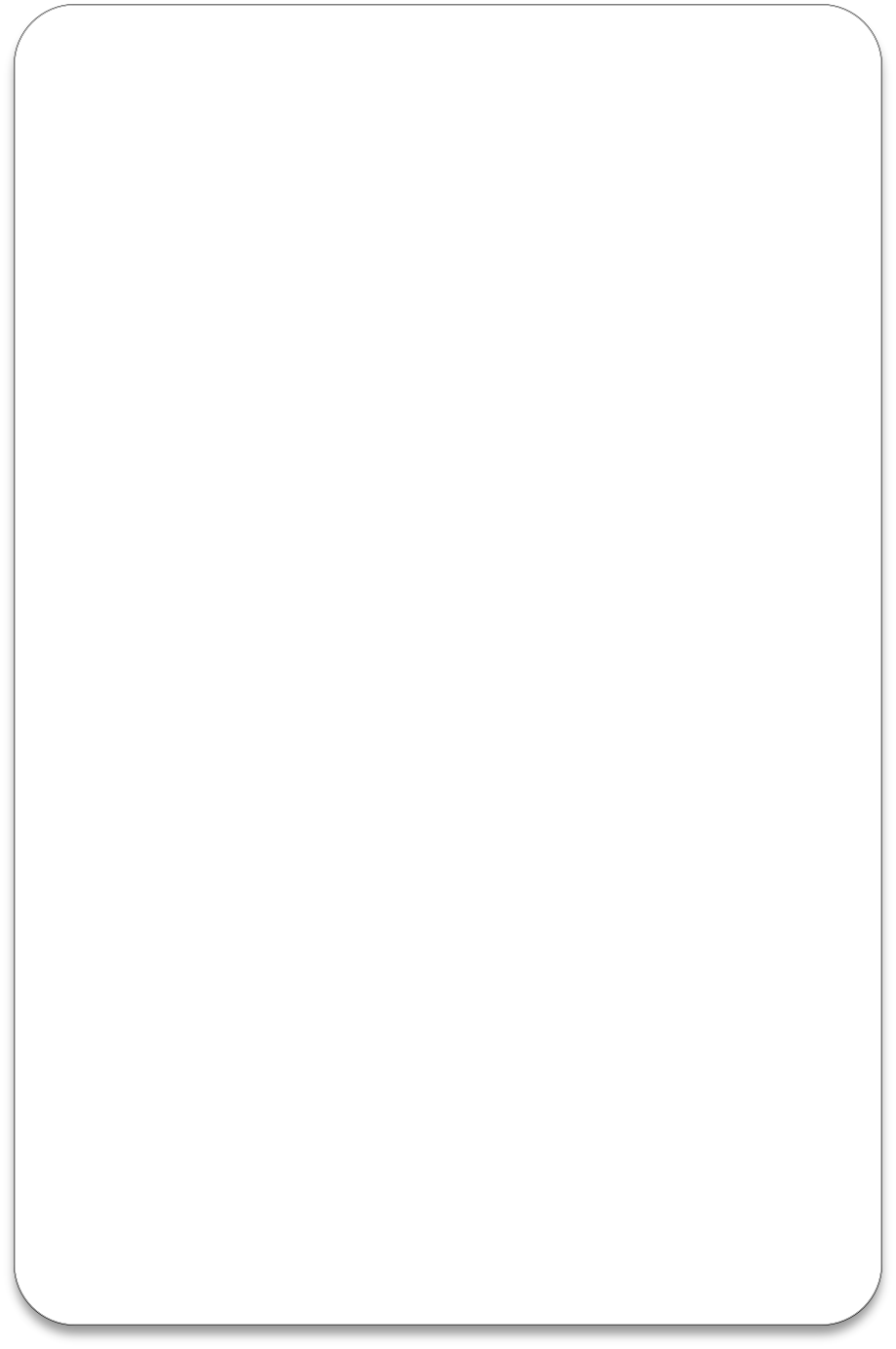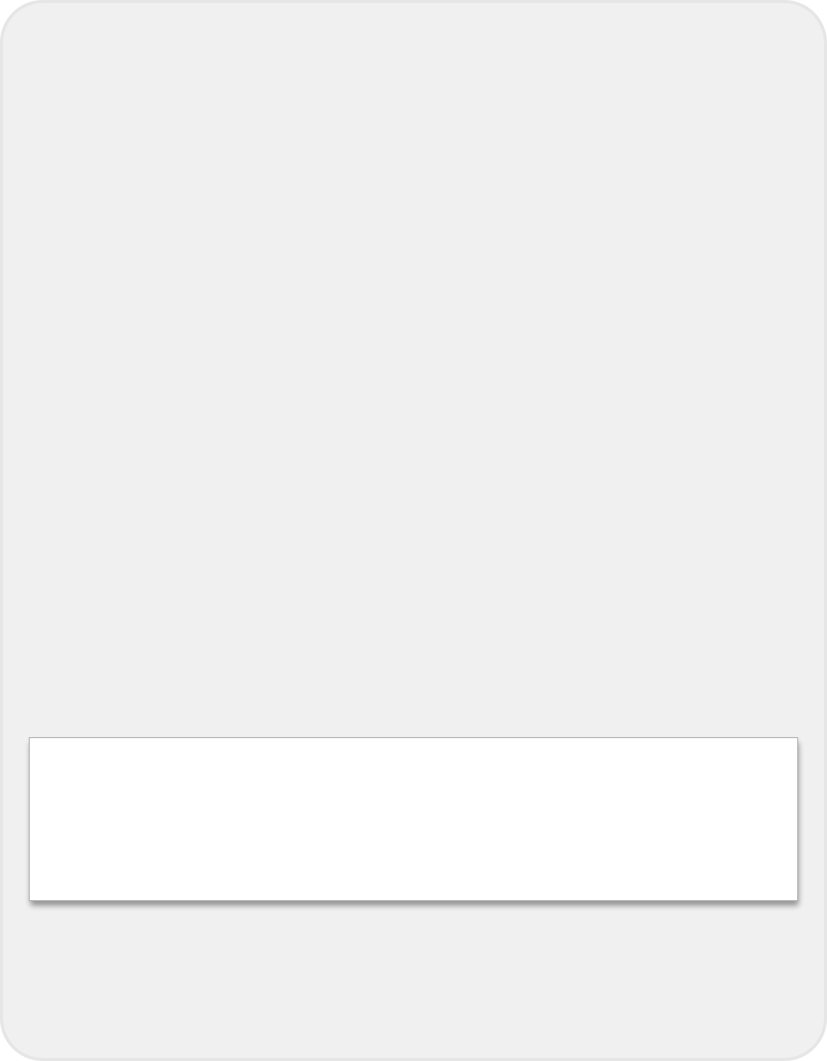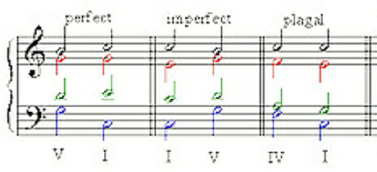







|
I
C
|
II
D
|
III
E
|
IV
F
|
V
G
|
VI
A
|
VII
B
|
|
Scale note/chord number:
|
|
Scale note/chord name/’letter name’:
|
Cadence method 1
When accompaniment chords or arpeggios are used in a piece of music, at the cadence points the melody need only contain notes which are used in each of the cadence chords. For example, if a C major chord (chord I) is followed by a G major chord (chord V) in the accompaniment, the melody can use the notes C, E or G (from the C major chord) followed by G, B or D (from the G major chord).
Cadence method 2
Were we only composing a solo melody, the cadences would need to be a little more obvious in the single notes of the melody.
To achieve this, we can use a melody note that has the same letter name as the cadence chord. For instance, if chord V is a G major chord then use the note G in the melody; and if chord I is a C major chord use a C note in the melody. These ‘letter name’ notes are called the root notes of a chord. (This method also works well when accompaniment is used).
Or, considering this another way, just remember: to produce a clear imperfect cadence in a melody, make the second-last note of a musical phrase the first note of the scale (from chord I), followed by the fifth note of the scale (from chord V). So, in the key of C major, an imperfect cadence can be created by having a C note (chord I) as the second-last note of the phrase, followed by a G note (from chord V) as the last.
Cadence method 3
Below is a simpler ‘rule-of-thumb’ method that will produce cadences in a solo melody.
1. Imperfect cadence: make the last note of the phrase any note except the key note (e.g. D, E, F, G, A or B in the key of C major)
2. Perfect cadence: make the last note of the phrase the key note (e.g. C in the key of C major)
Below shows the 'letter name' chords in C major





Music is a language that conveys human emotions, experiences or stories (as in musicals and operas) through sound. In its written language – music notation – you might regard musical notes as individual words, and cadences as the commas and full stops that create phrases and give the whole conversation shape, or punctuation. Imperfect cadences are the commas, and perfect cadences the full stops which make phrases sound closed or finished.
Although cadences can be heard in the single notes of a melody, they are normally associated with the harmony or accompaniment (chords, arpeggios etc.) used in a piece of music. Below is a list of chords which make the basic imperfect and perfect cadences. (A plagal cadence has the same 'full stop' effect as a perfect cadence.)

Using cadences in a composition


Ex.1 Imperfect cadence: chord I - chord V
Ex.2 Imperfect cadence: chord II - chord V
Ex.3 Perfect cadence: chord V - chord I
Ex.4 Plagal cadence: chord IV - chord I
Audio Examples 1 - 4 Click ‘play’ to hear the cadence examples below
Note: a perfect cadence V- I when reversed forms an imperfect cadence I-V
Update RequiredTo play the media you will need to either update your browser to a recent version or update your
Flash plugin.
Note: Each example is made up of a sequence of four chords; the last two chords make the cadence

In the key of C major, the cadence chords therefore would be:


Perfect cadence in C major
chord V (G major) – chord I (C major)


Plagal cadence in C major
chord IV (F major) – chord I (C major)


Imperfect cadence in C major
chord I (C major) – chord V (G major)
or
chord II (D minor) – chord V (G major)

How to Pass National 5 Music, Page 32


Important: Remember, if a piece of music has accompaniment parts such as chords, arpeggios and a bass line, it is these which determine the cadences or harmony, not the melody.



































